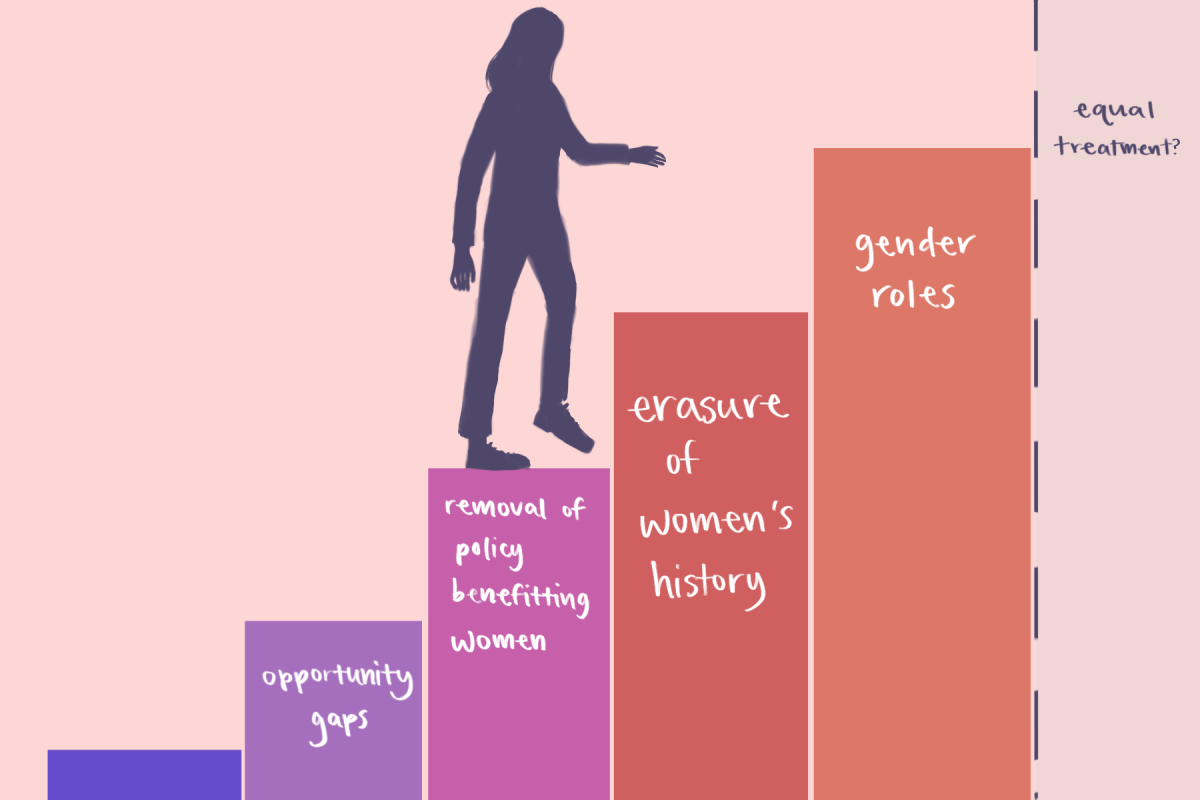When you open social media after a long day at school, you quickly come across promotions for a haircare product, item or fashion article. That feeling of “I need to have this” has become entwined in one’s “For You Page” (FYP), making it difficult to avoid splurging on needless products. However, to avoid overconsuming, it’s important to think carefully about impulse purchases you see on social media platforms.
Short-form content, quick content like Instagram Reels and YouTube Shorts, has generated a form of marketing that allures users to participate in new trends and lifestyles requiring unnecessary purchases to fulfill them. This algorithmic takeover of teens’ livelihoods has flourished into an outreach of younger demographics previously untouched, creating a goldmine for marketers and advertisers who depend on influencers to market their products.
The swaying of influencers toward younger audiences has generated in many a fear that they’ll “miss out,” a phenomenon referred to as “fear-of-missing-out” (FOMO), on the latest products and trends. Often, the need to buy items showcased on social media has seen endorsement on TikToks that display users’ hauls from certain stores and brands.
These videos don’t take a substantial amount of effort to create, as they easily circulate to convince susceptible consumers to splurge, creating mass amounts of mania surrounding a particular product.
The pivotal example saw shoppers and social media users obsessing over Stanley cups within Target locations just last month. Toward the end of December 2023 to January, Target released a special edition of the Stanley “Quencher” that created lines of shoppers outside Target stores over the $45 water bottle collaboration. This event exhibits the need for online users, especially teens and younger demographics, to not fall for the hysteria seen on a repeating algorithm for needless products designed to profit from influence.
Fortunately, a rise of “de-influencers” emerged on TikTok and various social media platforms in early 2023 to discourage users from purchasing widely advertised products. These “de-influencers” issued either comprehensive explanations on why to avoid certain products or suggestions of alternatives, “dupes,” found elsewhere for cheaper. Yet, as these social media figures pushed to question users’ need to overconsume, many of these “de-influencers” were deemed no different than influencers by promoting inexpensive alternatives.
Navigating social media in the age of short-form advertisements can influence teens whether to pursue trends their friends may be following or to fit into certain niches online. To challenge the urge to purchase a widely marketed product, teens must question whether they truly need that item or whether it’ll improve their livelihoods if purchased. Even if teens must purchase items, buying second hand can alleviate the wasteful imprints that overconsuming leaves.
Teens must overcome the pressures to conform to online trends in their everyday lives and fall through a rabbit hole of never-ending trends. Learning how to express inner creativity and properly navigate social media by not falling victim to cash-grabbing trends is the solution to stop unnecessary overconsumption.









